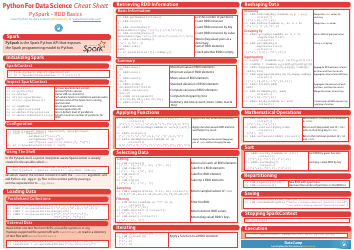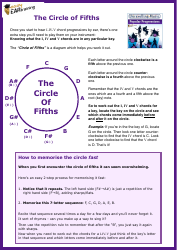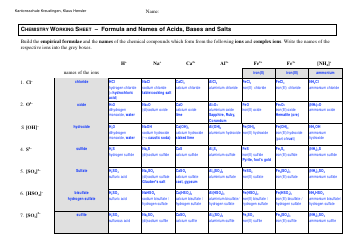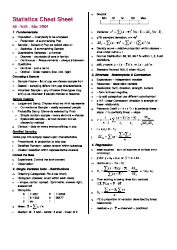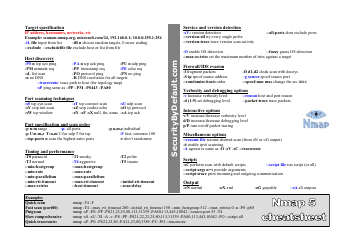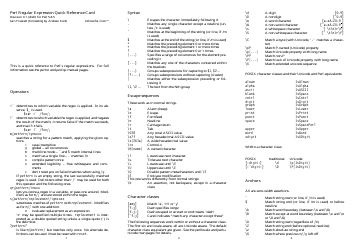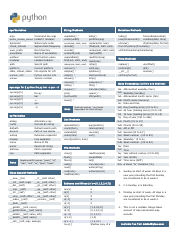Apache Arrow Cheat Sheet
The Apache Arrow Cheat Sheet is a helpful reference guide for developers who are working with the Apache Arrow project. It provides a quick overview of the different components, APIs, and data structures available in Apache Arrow, making it easier for developers to use Arrow efficiently in their projects.
FAQ
Q: What is Apache Arrow?
A: Apache Arrow is a cross-language development platform for in-memory data.
Q: What is the main goal of Apache Arrow?
A: The main goal of Apache Arrow is to enable efficient and high-performance data interchange between different systems and programming languages.
Q: Why is Apache Arrow important?
A: Apache Arrow allows for faster data processing by minimizing the need for data serialization and deserialization when working with large datasets.
Q: Which programming languages are supported by Apache Arrow?
A: Apache Arrow supports multiple programming languages including C++, Java, Python, R, and more.
Q: What are some key features of Apache Arrow?
A: Some key features of Apache Arrow include a columnar in-memory data format, zero-copy reads and writes, and support for complex data types.
Q: How can Apache Arrow be used?
A: Apache Arrow can be used to build high-performance analytical systems, accelerate data transfer between different technologies, and enable efficient data processing pipelines.
Q: Is Apache Arrow an open-source project?
A: Yes, Apache Arrow is an open-source project governed by the Apache Software Foundation.





